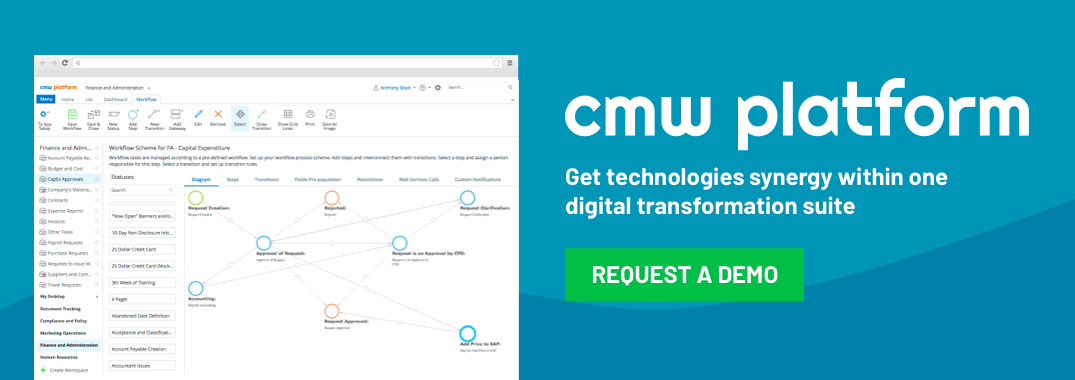Measuring the ROI of Business Process Automation: A Comprehensive Guide
January 15, 2025
Business Process Automation (BPA) has quickly become a cornerstone of modern business strategy, driving efficiency while cutting costs and increasing productivity. To justify their investment in BPA initiatives, however, organizations must accurately calculate its return on investment (ROI). This article presents a detailed framework for doing just that with regard to KPIs and metrics which provide insights into its value and effect.

Understanding ROI in BPA
ROI measures the financial gain or loss generated by an investment relative to its cost. In the context of BPA, ROI reflects the benefits derived from automation compared to the initial and ongoing expenses of implementing these technologies.
Basic ROI Formula
ROI=( Net Benefits / Total Investment)×100
Where:
- Net Benefits = Total Benefits – Total Costs
- Total Investment = Initial setup costs + Ongoing costs
Framework for Calculating BPA ROI
Step 1: Identify Costs
1.Initial Investment Costs
- Software and licensing fees
- Hardware and infrastructure investments
- Implementation and integration costs
2. Ongoing Costs
- Maintenance and support
- Training and development
- Subscription or licensing renewals
Step 2: Identify Benefits
1. Cost Savings
- Reduction in labor costs due to automation
- Decreased error rates and associated rework costs
- Lower operational and administrative expenses
2. Revenue Enhancement
- Increased capacity and productivity
- Improved customer satisfaction and retention
- Faster time-to-market for products or services
3. Intangible Benefits
- Enhanced compliance and risk management
- Improved employee satisfaction and engagement
- Strengthened competitive position
Step 3: Quantify Benefits
Using specific metrics, quantify the tangible benefits of BPA:
Benefit Metric | Measurement Method | Example |
Labor Costs Reduction | Compare pre- and post-automation staffing levels | 20% reduction in FTEs |
Error Rate Decrease | Track error rates before and after BPA | 80% fewer errors |
Productivity Increase | Measure output per employee or unit | 25% more units produced |
Customer Satisfaction | Use surveys and feedback tools | 15% increase in satisfaction scores |
Step 4: Calculate Net Benefits
Net Benefits=Total Benefits−Total CostsNet Benefits=Total Benefits−Total Costs
Step 5: Calculate ROI
Apply the basic ROI formula to determine the percentage return.
ROI=(Net Benefits / Total Investment)×100
Key Performance Indicators (KPIs)
To effectively measure ROI, focus on the following KPIs:
1. Process Efficiency
- Time saved per process
- Number of automated processes
2. Cost Efficiency
- Reduction in operational costs
- Decrease in cost per transaction
3. Quality Improvement
- Error rate reduction
- Compliance adherence rate
4. Employee Productivity
- Increase in output per employee
- Reduction in task completion time
5. Customer Experience
- Improvement in service delivery time
- Increase in Net Promoter Score (NPS)
Case Study Example
Company XYZ implemented BPA to automate invoice processing:
- nitial Investment: $150,000
- Annual Maintenance: $30,000
- Labor Cost Savings: $100,000 annually
- Error Reduction Savings: $20,000 annually
- Productivity Gains: $30,000 annually
ROI Calculation:
- otal Costs (over 3 years): $150,000 (initial) + $90,000 (maintenance) = $240,000
- Total Benefits (3 years): $450,000
- Net Benefits: $450,000 – $240,000 = $210,000
- ROI: (210,000/240,000)×100=87.5%
Conclusion
Measuring the ROI of BPA is crucial for demonstrating the value of automation initiatives. By following a structured framework and focusing on key performance indicators, organizations can accurately assess the financial and operational impacts of BPA. This not only helps justify current investments but also guides future automation strategies. For companies looking to maximize their automation benefits, investing in comprehensive BPA solutions and continuously monitoring ROI metrics is essential for sustained success.

